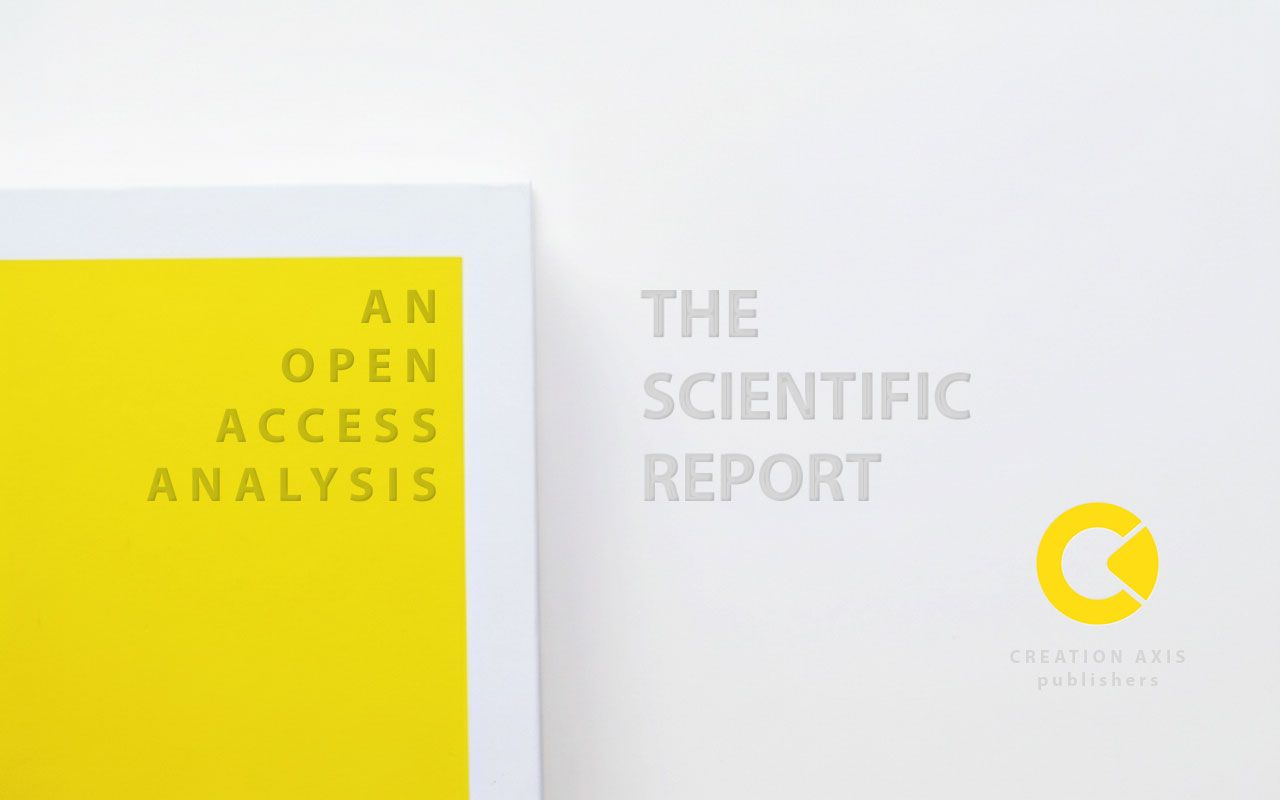The Necessity to be Seen by Others
A Neuroscientific and Psychological Analysis
Antonio Caballero, Psy-NS
National University, MBA in Behavioral Analytics
University of California Davis, Psychology and Cognitive Science & Experiential Design
Introduction: A Fundamental Human Need
Being “seen” is more than mere visibility; it is a core human need for recognition, understanding, and acceptance. This drive is deeply embedded in our neural circuitry and psychological framework. When we feel seen, our existence is validated, our identity is strengthened, and our capacity for meaningful connection flourishes. Conversely, its absence—invisibility—can lead to profound psychological distress and physiological consequences, disrupting well-being and societal function.
Global Loneliness Epidemic
A significant portion of the global adult population reports feeling lonely, highlighting the widespread impact of social disconnection.
Neuroscientific Foundations of Recognition
When we experience social recognition, our brain’s reward system is activated. Key regions like the medial prefrontal cortex (mPFC) and ventral striatum light up, releasing neurotransmitters such as dopamine, which reinforces social behaviors. This is the same system activated by primary rewards like food. Hormones like oxytocin further facilitate this process, enhancing social bonding and trust, making us biologically wired to seek connection and validation from others.
The Psychological Impact: Benefits of Being Seen
Feeling seen is foundational to psychological health. It contributes directly to higher self-esteem, a more coherent sense of identity, and greater resilience against stress. Positive social validation acts as a buffer against mental health challenges, fostering an internal sense of worth and security that is crucial for navigating life’s complexities.
The Cost of Invisibility: Negative Impacts
The absence of social recognition is not a neutral state; it is a painful experience of invisibility that carries significant costs. Chronic loneliness and social isolation are linked to a host of negative outcomes, including increased risk for depression, anxiety disorders, and even cognitive decline. The physiological stress from perceived isolation can elevate inflammation and blood pressure, equating its health risk to that of smoking or obesity.
Economic Consequences
Social isolation doesn’t just harm individuals; it impacts economies.
- Productivity Loss: Estimated at $406 Billion annually in the U.S. due to workplace loneliness.
- Healthcare Costs: Increased healthcare expenditure of $6.7 Billion annually for Medicare due to social isolation among older adults.
Pathways to Healing and Connection
Overcoming the chronic conditions stemming from a lack of recognition requires a multi-faceted approach. The path to healing involves both internal work and external engagement, aiming to rebuild a secure sense of self and foster authentic social connections.
Recognizing the impact of invisibility and practicing kindness toward oneself.
Engaging in therapies like CBT or attachment-based therapy to reframe negative cognitions.
Learning and practicing social and emotional regulation skills in safe environments.
Building connections through shared interests in low-pressure community settings.
Cultivating relationships where one can be genuine, fostering true recognition.
Conclusion: The Practical Imperative to See One Another
The need to be seen is an indispensable component of human health and societal stability. The research from leading institutions unequivocally demonstrates that fostering environments of recognition—in our families, workplaces, schools, and communities—is not a luxury but a necessity. By promoting authentic connection, we can mitigate severe health risks, unlock economic potential, and build a more resilient and compassionate society. The practical applications are clear: prioritize social-emotional learning in education, design inclusive workplace cultures, and invest in community infrastructures that combat isolation. Seeing others, and allowing ourselves to be seen, is fundamental to our collective flourishing.
References
- Baumeister, R. F., & Leary, M. R. (1995). The need to belong: Desire for interpersonal attachments as a fundamental human motivation. Psychological Bulletin, 117(3), 497–529. https://doi.org/10.1037/0033-2909.117.3.497
- Cacioppo, J. T., & Patrick, W. (2008). Loneliness: Human nature and the need for social connection. W. W. Norton & Company.
- Eisenberger, N. I. (2012). The pain of social disconnection: Examining the shared neural underpinnings of physical and social pain. Nature Reviews Neuroscience, 13(6), 421–434. https://doi.org/10.1038/nrn3231
- Holt-Lunstad, J., Smith, T. B., & Layton, J. B. (2010). Social relationships and mortality risk: A meta-analytic review. PLoS Medicine, 7(7), e1000316. https://doi.org/10.1371/journal.pmed.1000316
- Zhong, G. (2021). The power of being seen: The case for vulnerability in leadership. Forbes. https://www.forbes.com/sites/forbescoachescouncil/2021/07/08/the-power-of-being-seen-the-case-for-vulnerability-in-leadership/
© 2025 Antonio Caballero. All Rights Reserved.
Infographic generated for research and educational purposes.



